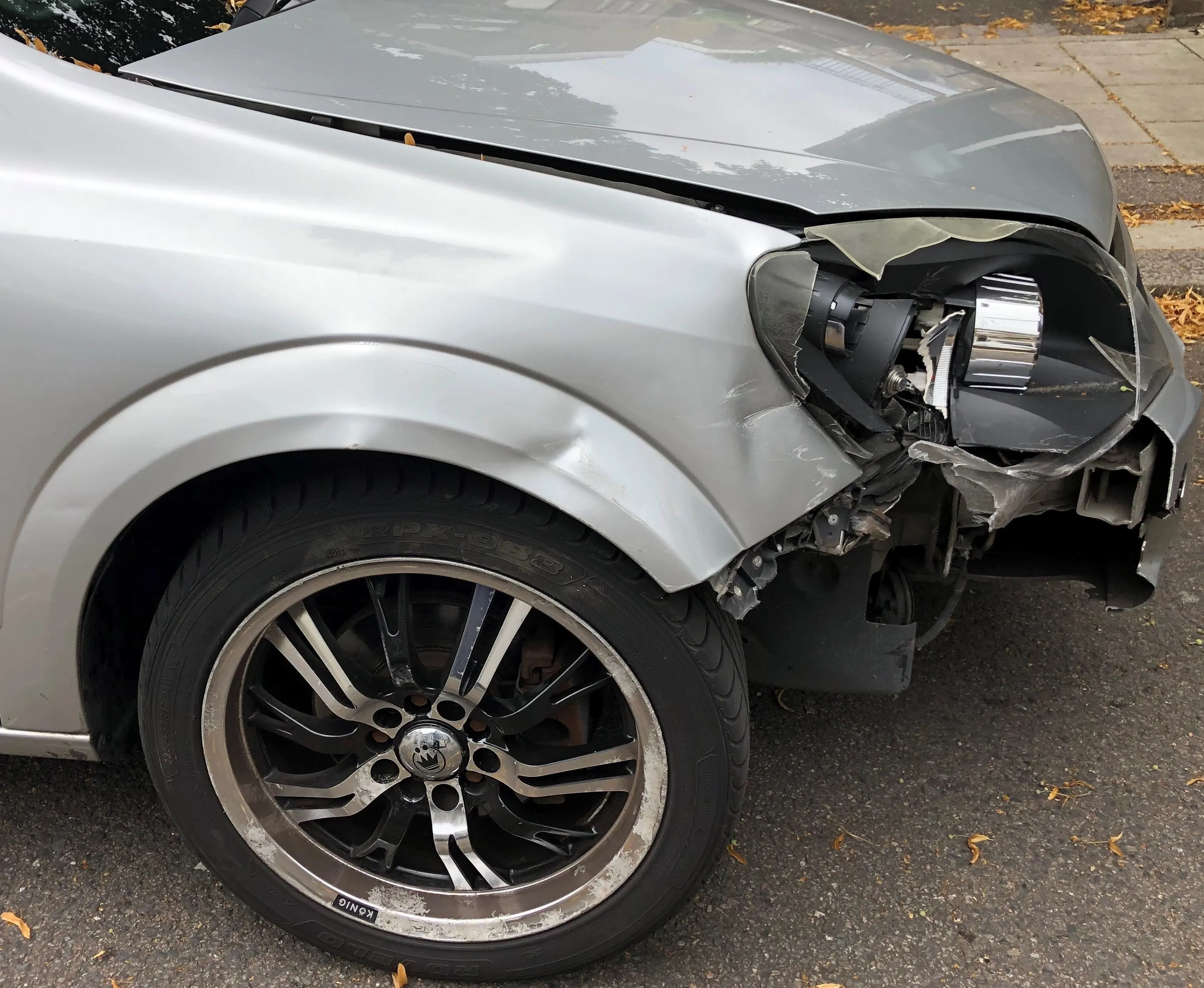The UK government is tripling funding on the road network over the next eight years with more than US$40 billion to be spent on upgrading and improving the network until 2021. By the end of the next parliament, the government will be spending US$5 billion each year on improvements and maintenance for the strategic network alone. This locked-in funding commitment will support nearly 30,000 new jobs across the construction sector and at the same time deliver a safer, more sustainable road network that is fit
February 12, 2014
Read time: 2 mins
The UK government is tripling funding on the road network over the next eight years with more than US$40 billion to be spent on upgrading and improving the network until 2021. By the end of the next parliament, the government will be spending US$5 billion each year on improvements and maintenance for the strategic network alone. This locked-in funding commitment will support nearly 30,000 new jobs across the construction sector and at the same time deliver a safer, more sustainable road network that is fit for the 21st century and beyond.
Roads Minister Robert Goodwill called on Britain’s road building companies to get ready for a massive increase in work. He said: “Funding certainty is critical to the construction industry in planning for the future and that is exactly what the government has delivered – with US$40 billion secure investment over six years and US$83 billion for the strategic road network over the next 15 years. However, we need to make sure everyone is ready to deliver the massive programme of investment that we need to keep Britain’s roads moving.
“To do that, we need to make sure we have the right people and equipment in place to deliver the 53 road schemes in preparation right now, plus the next generation of improvements over the next 7 years. This means taking on more apprentices and making sure suppliers have the capacity to deal with the increase in demand. If we get this right, this will provide road users with a high performing network that can cope with the expected 43 per cent increase in traffic over the coming decades that will help boost economy growth and deliver more efficient roads for motorists.”
Roads Minister Robert Goodwill called on Britain’s road building companies to get ready for a massive increase in work. He said: “Funding certainty is critical to the construction industry in planning for the future and that is exactly what the government has delivered – with US$40 billion secure investment over six years and US$83 billion for the strategic road network over the next 15 years. However, we need to make sure everyone is ready to deliver the massive programme of investment that we need to keep Britain’s roads moving.
“To do that, we need to make sure we have the right people and equipment in place to deliver the 53 road schemes in preparation right now, plus the next generation of improvements over the next 7 years. This means taking on more apprentices and making sure suppliers have the capacity to deal with the increase in demand. If we get this right, this will provide road users with a high performing network that can cope with the expected 43 per cent increase in traffic over the coming decades that will help boost economy growth and deliver more efficient roads for motorists.”










